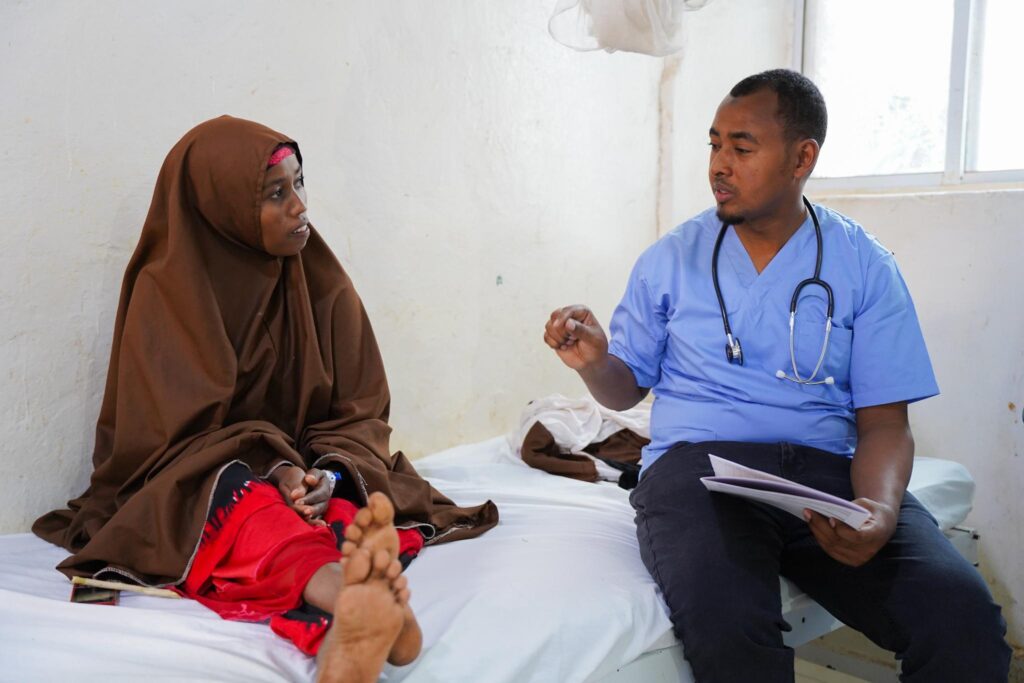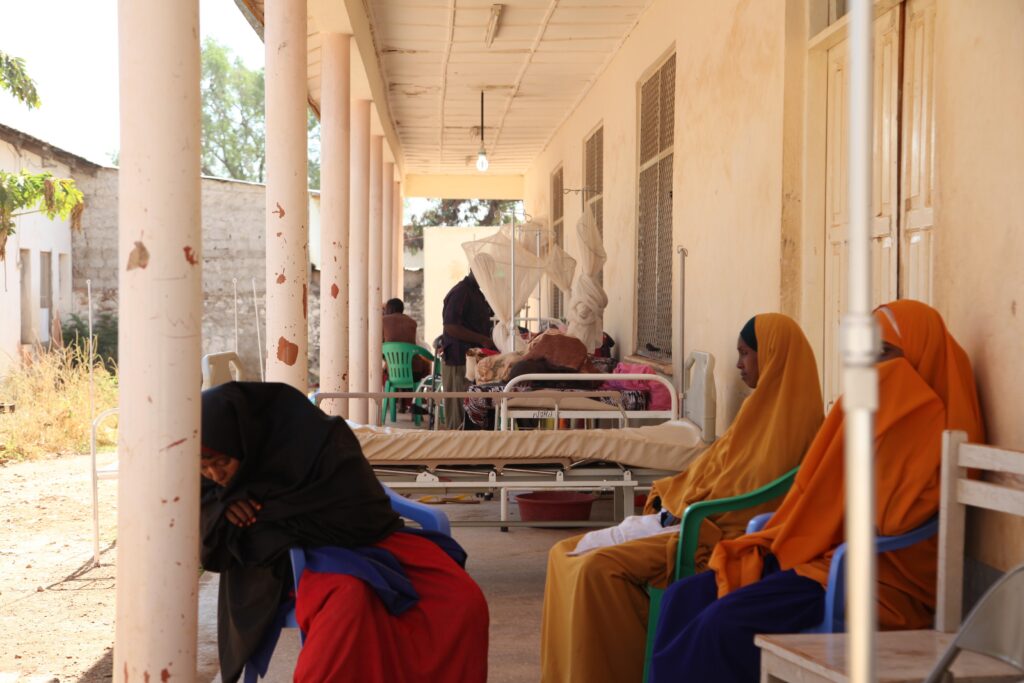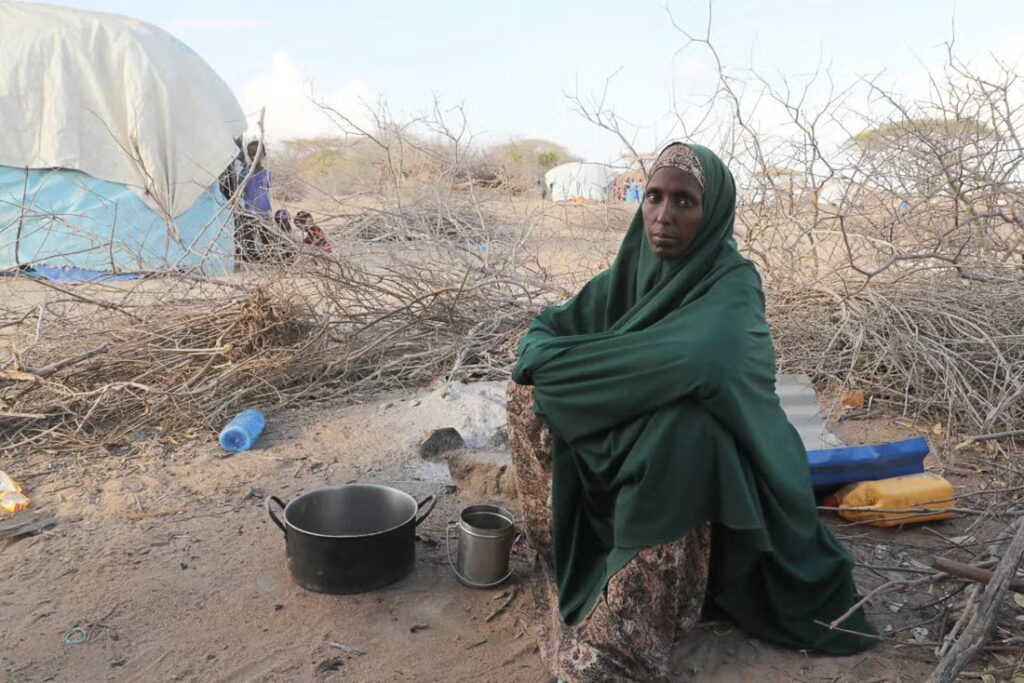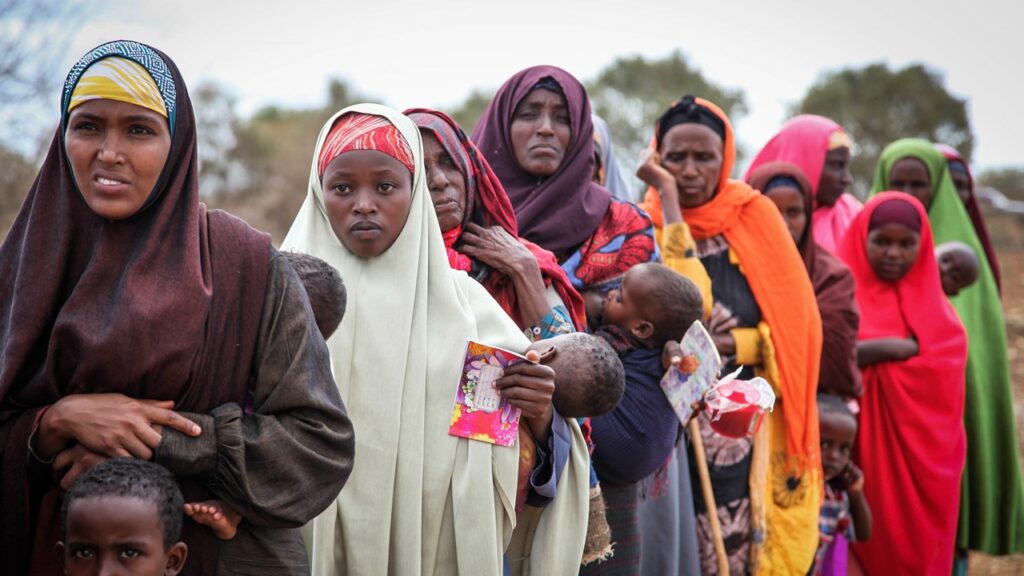The most prominent health problems in Somalia, most they are challenges due to decades of conflict, poverty and a weak healthcare system. They include malnutrition, infectious diseases and maternal and child health issues. Many people suffer from diseases such as malaria, tuberculosis, cholera, and diarrhea, which spread easily due to poor sanitation and limited access to clean water.
In addition, Somalia’s healthcare infrastructure is underdeveloped, with limited hospitals, few trained medical professionals and inadequate medical supplies. The lack of access to basic healthcare services makes it difficult to control preventable diseases and respond to emergencies. Mental health problems often caused by prolonged conflict and displacement, are also widespread but rarely treated.
THE MOST PROMINENT HEALTH PROBLEMS IN SOMALIA: MALNUTRITION
Malnutrition is one of the most prominent health problems in Somalia, affecting thousands of children and mothers each year. Years of poverty, conflict and drought have led to food shortages and poor access to healthcare. Many families cannot afford nutritious food, causing children to suffer from growth, underweight and weakened immunity.
Humanitarian organizations are working to provide food and nutrition programs, but the situation remains critical. To combat malnutrition effectively, Somalia needs sustainable agriculture, clean water access and improved healthcare systems to ensure long term food security.

MATERNAL AND CHILD HEALTH
Maternal and child health issues is also one the most prominent health problems in Somalia that remain a serious concern due to poor healthcare infrastructure, limited access to skilled birth attendants and ongoing conflict. Many women give birth at homewithout proper medical care, leading to high maternal mortality rates. Malnutrition and preventable diseases worsen the situation for both mothers and children.
Children in Somalia suffer from high rates of malnutrition, pneumonia and diarrhea, which contribute to significant child mortality. Lack of immunization and clean water accessalso increase health risks. Improving maternal and child health services is essential for Somalia future well-being and development.
MENTAL HEALTH ISSUE
Absolutely, mental health issue is one of the most prominent health problems in Somalia. It is a growing concern due to years of conflict, poverty and displacement. Many people suffer from depression, anxiety and post-traumatic stress disorder caused by war experiences and social instability.
Cultural stigma also prevents people from seeking help, as mental illness is often misunderstood. Efforts by NGOs and health organizations aim to increase awareness and provide psychological support across the country.

LACK OF HEALTHCARE INFRASTRUCTURE
Somalia faces a severe lack of healthcare infrastructure which is one of the most prominent health problems in Somalia, with limited hospitals, clinics and medical equipment available to serve its population. Many health facilities are concentrated in urban areas, leaving the rural communities with little or no access to basic medical care. The shortage of trained doctors, nurses and midwives weakens the health system.
Decades of conflict and political instability have destroyed many healthcare institutions. As a result, preventable diseases and maternal deaths remain high. Rebuilding healthcare infrastructure is vital to improving the country’s overall well-being.

WATERBORNE DISEASES
Waterborne diseases are a major public and one of the most prominent health problems in Somalia due to poor sanitation and limited access to clean drinking water. Many communities rely on contaminated wells and rivers, which expose them dangerous pathogens.
Cholera, diarrhea and typhoid fever are among the most common diseases affecting both children and the adults. These illnesses worsen during droughts and floods, increasing mortality rates.
POOR SANITATION AND HYGIENE
Poor sanitation and hygiene remain a major challenge and one of the most prominent health problems in Somalia, especially in rural and conflict-affected areas. Many communities lack access to clean water, toilets and water disposal systems, increasing the risks the disease outbreaks. Contaminated water sources are commonly used for drinking and washing.
Read more: Reasons of Diphtheria Epidemic Return to Somalia in the Last 2 Years
Poor hygiene practices, such as limited handwashing and unsafe waste management, contribute to widespread health issues. Children are particularly vulnerable, suffering from diarrhea and other preventable illnesses.


